LIVEBAITING PERFECTING THE CRAFT
By Jordan Hensen
Fishing can represent many things to different people: A chance to escape the pressures of life; a way of enjoying quality time with friends and family; a never-ending pursuit of the next trophy fish; or a craft in a constant state of evolution and improvement.
Earlier in the year, just as spring was starting to bless us with longer days and sunny skies, I was offered the chance to join Tony Orton for a day out chasing kingfish at the Mokohinau Islands. I immediately jumped at the opportunity to spend some time fine-tuning my craft, as I consider Tony to be one of the leading experts in this country at targeting kingfish – someone you can learn a thing or two from just by being in his presence.
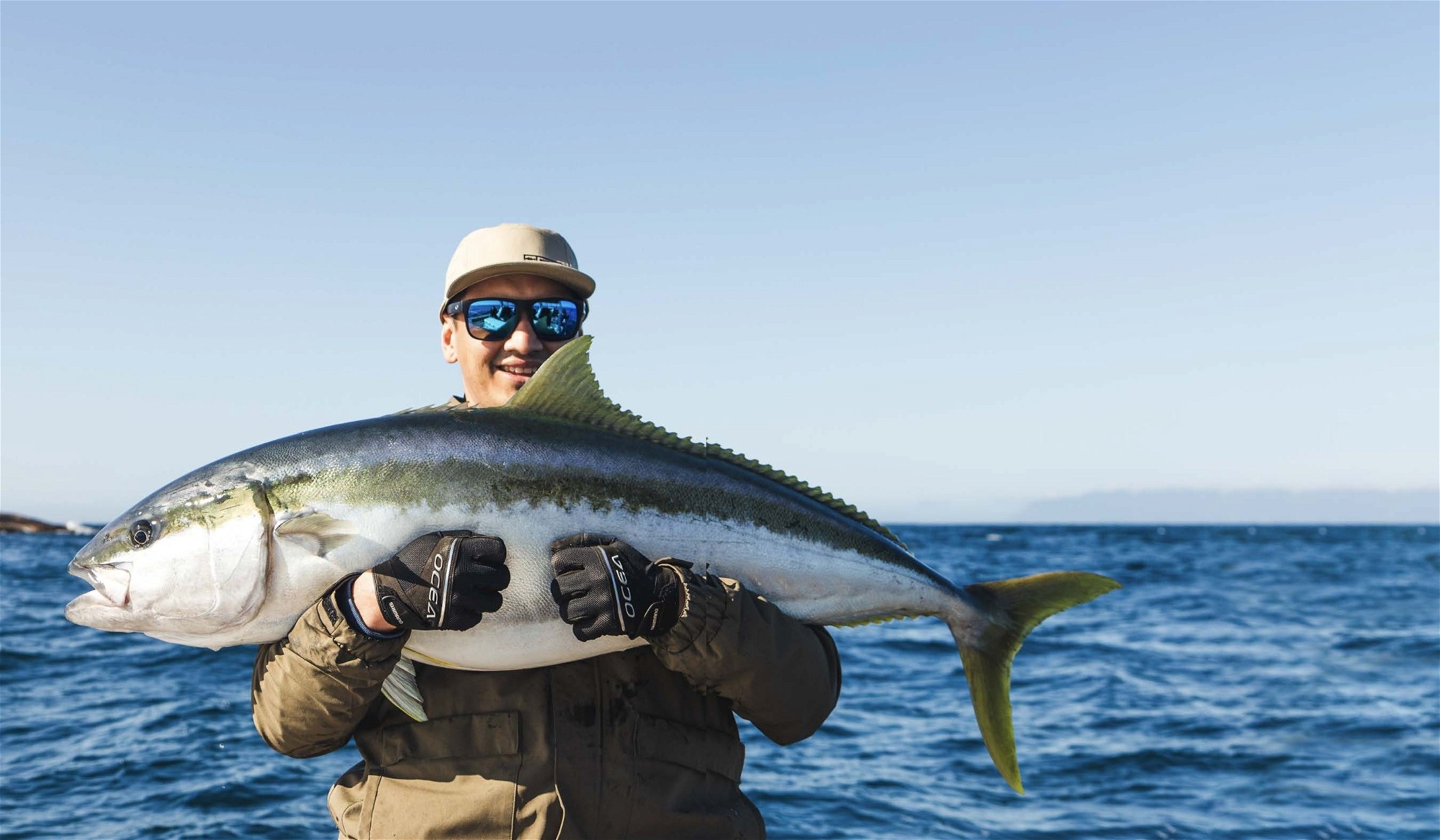
Livebaiting is Tony’s method of choice, so no surprisies that filling the bait tank is the number one priority. Departing Mangawhai, we quickly made a run down the coast and visited the many little reefs that are known to hold baitfish. Keeping a close eye on the sounder, it wasn’t long until the Garmin lit up, showing large schools of baitfish below the boat.
Although I had caught livebaits many times before, the emphasis was on ensuring the baits were handled in a way that would guarantee they would be in the best possible condition when it came time to present them to hungry predators. Throughout the session, Tony had a nifty little dehooking device hanging from his wrist. Great care was displayed as the baits were removed from the sabiki flies and placed into the livebait tank, making sure that they avoided all contact either with the surfaces of the boat or the skin on Tony’s hands. Either can seriously compromise the protective layer of slime that covers baitfish, leading to them being sluggish or prone to dying. I was learning quickly, it’s the little things that count.
Once the baits were collected, the bow was pointed at the horizon and the throttle eased up as we made a run offshore. Once at the Mokohinau Islands, the hunting began. A quick scout around the indicated an abundance of bird life with the bait hanging around an area of converging currents.
We started our hunt in the vicinity of the action, working the last hour or so of the incoming tide. Before we could get our baits in, we had to prepare our weapons of choice. On this day we were testing the new range of Shimano Talica 25 reels and Game Type-J rods. Although there is a never-ending debate over what setup is better to target kingfish on, there are a few things to take into consideration.
The first thing I would consider would be balance. The wait time between fickle-feeding kingfish can sometimes be hours. You want a combo that is both strong enough to take on the heaviest of bruisers, yet light enough that you can hold it all day comfortably.
Kingfish are known for their powerful runs, often heading for the nearest structure, so any reel must have the drag capacity to slow and turn them. It must combine this strength with a smooth drag system that can apply constant pressure kingfish generate during the fight – one moment they are a diesel truck pulling line at steady pace, the next they have the acceleration of a boy racer running from the police.
“ IT WASN’T LONG BEFORE WE HAD ANOTHER BITE… ”
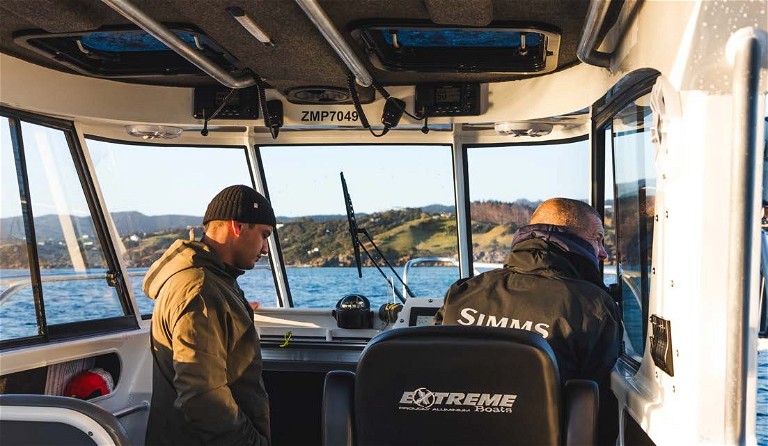

The rod should be solid enough that it can lift the heaviest of bruisers up off the reef, but also have an element of forgiveness to it, so pressure can be applied to the fish while not beating up the angler.
When live baiting, I prefer a rod with a strong backbone through the lower to midsections. In contrast, I prefer the tip to be soft and flexible so it can absorb many of the heavy tail thuds and headshakes kingfish are known for. The flexible tip also allows room for error when the fish is boatside, swinging its head in an effort to win its freedom.
Speaking of hooks, this is another area that is up for a hot debate. We were using circle hooks as Tony is a strong advocate of the effectiveness of this style of hook for a couple of reasons. Firstly, it is most likely to pin the fish in the corner of its mouth rather than down deep; secondly, this makes the fish easier to release and there is less chance of injuring the fish. After the many hundreds of billfish he has caught around the world and the stacks of NZ kingfish he has put his clients onto using circle hooks, and refining his techniques, who am I to argue?! As I said before, I was there to learn.

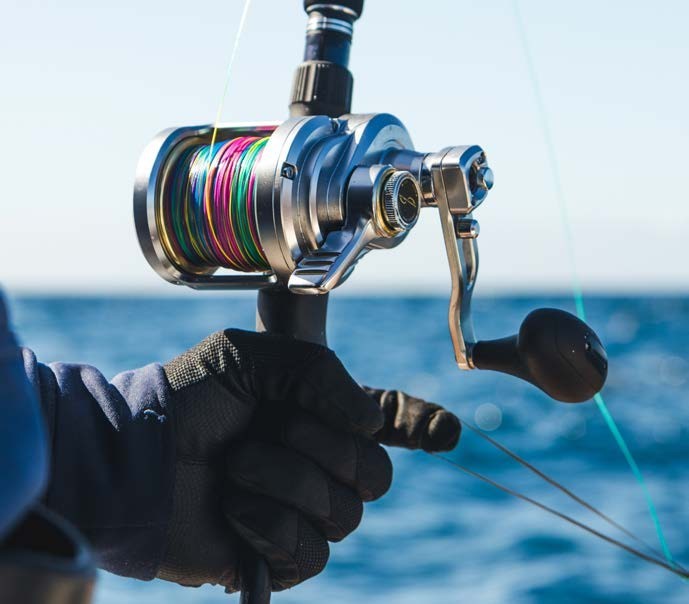

“ …THE ROD MUST HAVE ELEMENT OF FORGIVENESS TO IT, ALLOWING THE ANGLER TO PUT PRESSURE ON THE FISH WHILE NOT GETTING BEATEN UP. ”
Baits were carefully selected from the tank and hooks were quickly passed through respective noses on a horizontal axis. For larger baits such as kahawai and trevally, Tony prefers to bridle rig the hook using a couple of rubber bands, but for smaller baits such as jack mackerel and blue koheru, passing the hook through the nose is enough. With baits deployed and the boat on a steady drift, it was now time to wait for the kingfish to decide that they were hungry enough to take our offerings.
Tony advised us to drop the baits back ‘two colours’, equivalent to twenty metres. Using multicolored Ocea braid, we could set the livebaits with some precision, keeping them in the strike zone yet not allowing them a head start on hooking up. Setting the bait, I sat back momentarily to take in the surrounding beauty of the Mokes when several tugs on my line brought me back to reality – kingfish!
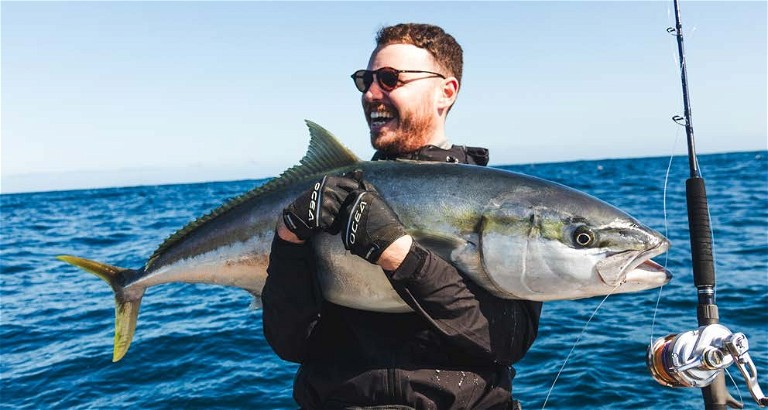
Freespooling the reel with just enough pressure to eliminate any backlash, I let the fish take my bait. Once confident the fish had the jack mac, I slid the lever forwards on my reel to the strike position and let the silky-smooth drag of the Talica reel work its magic, rolling the circle hook into the corner of the mouth of whatever had eaten my livie. Just like that, it was on – we were connected!
With the rod firmly in my gimble belt and the fish doing its best to cut a track towards a shallow section of reef, we were at the mercy of the fish. Luckily for us, Tony decided to cut its run short by placing the boat between the fish and the reef, causing the kingfish to change direction and make a track towards deeper waters. Once there, we now had control and it was time to let the rod and reel do its work.
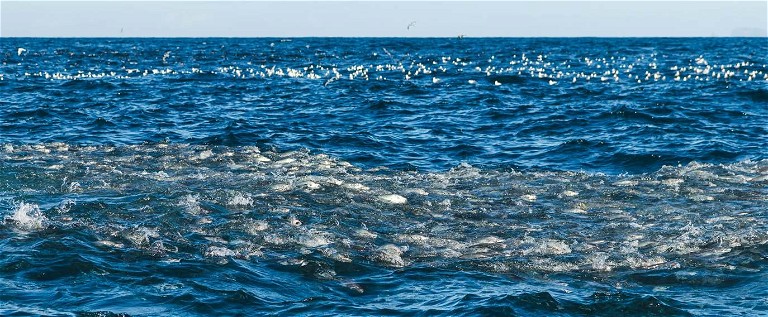
The trick here is to use the rod and reel in unison, lifting the rod to a 45-degree angle on the upstroke and winding steadily on the downstroke taking up the slack line. If the fish decides to run, simply lift the rod to around 45 degrees again, causing the rod to bend and act like a big shock absorber taking in any erratic runs or shakes the kingfish decides to use in a bid to evade you. Be careful here to not lift the rod tip too high, as this can easily lead to what is known as ‘high sticking’ which is both heartbreaking and highly embarrassing when the rod breaks!
Repeating this process led to a beautiful kingfish being bought boatside. I couldn’t believe it – first drift of the day and we had done it, achieving what we had come for. It was lifted onboard between a flurry of high fives and yahoos.

Photos were quickly taken, and the beast was gently released overboard to live another day. While we still had a little bit of time before slack tide, we raced back up to where we had hooked up previously and deployed another bait hoping to capitalize.
It wasn’t long before we had another bite, this time Ben Starns was the lucky angler. Ben is no stranger to big, bad Hauraki Gulf kingfish and put on a masterclass of a textbook fight, displaying exactly how to use a relatively light rod and reel combo to subdue a chunky, wellconditioned kingfish. Once again, the fish was bought onboard for some glory photos before being released back into the big blue to grow and hopefully provide another lucky angler with a special experience. We tried for one more drift, but by now the tide had all but stopped running. The decision was made to have some lunch and spend some time exploring the attractions of the magnificent Mokohinau Islands.
As Tony has spent the last 25 years as a professional skipper and fishing guide, with much of that time spent in the outer Hauraki Gulf, he was the perfect person to show us through the various corridors and hidden accessways that are littered these offshore islands. To say that the Mokohinau Islands are somewhere special is an understatement. Throughout the journey, we were greeted by large schools of trevally feeding off the surface and dolphins rounding up bait. We even managed to pick up a few snapper while casting softbaits along the way. The word ‘amazing’ does little to capture the beauty and allure that this island group possesses. I strongly encourage anyone with a love for the outdoors or the ocean to visit this place at least once.
We are so lucky, not only to have this environment readily available to us but also to have world-class fishing in a place we can call home. This was a day that I will always remember – one where I was able to enjoy some incredible fishing and scenery with a group of mates, but also one in which I was able to hone my craft and learn something new.